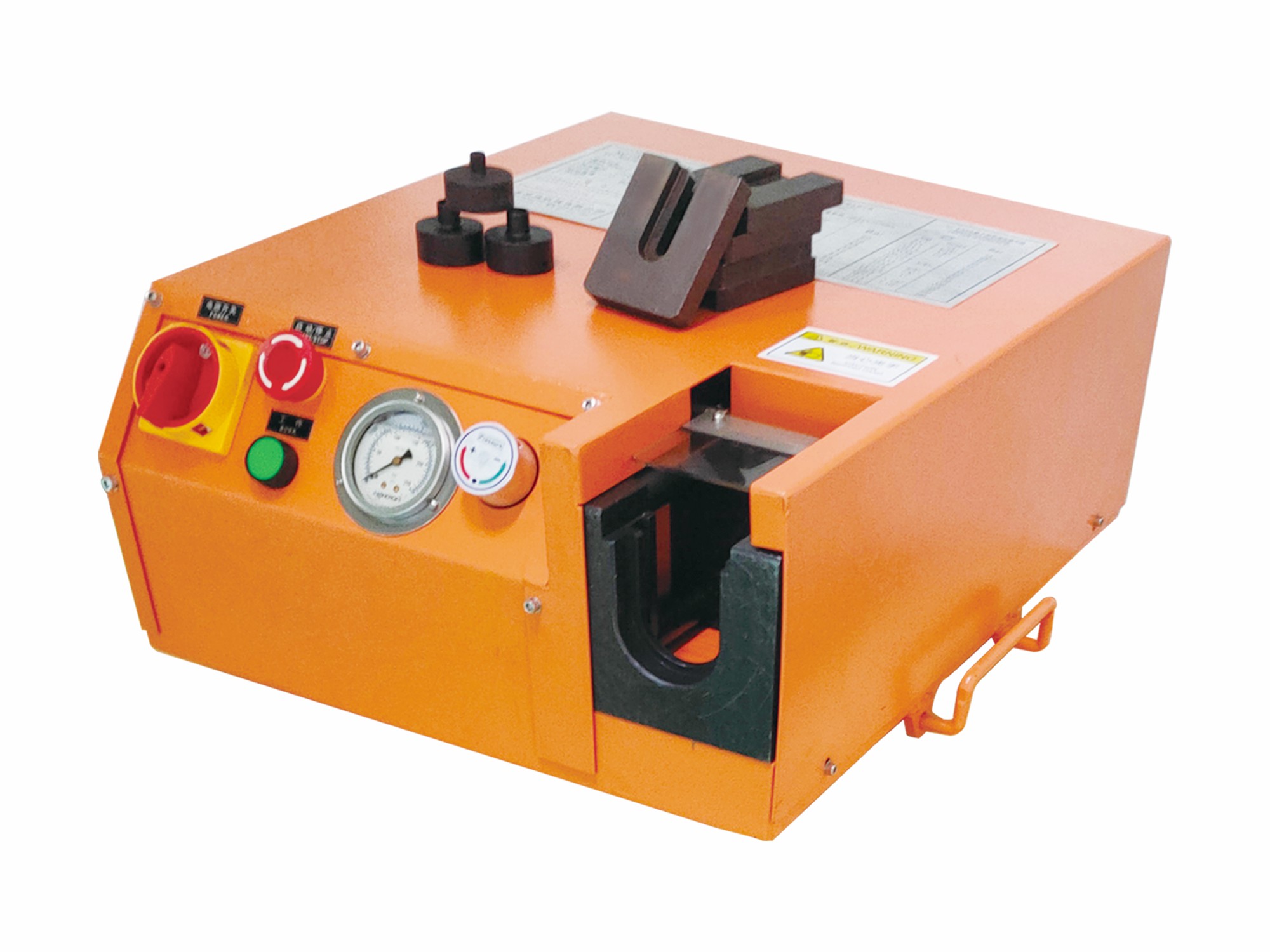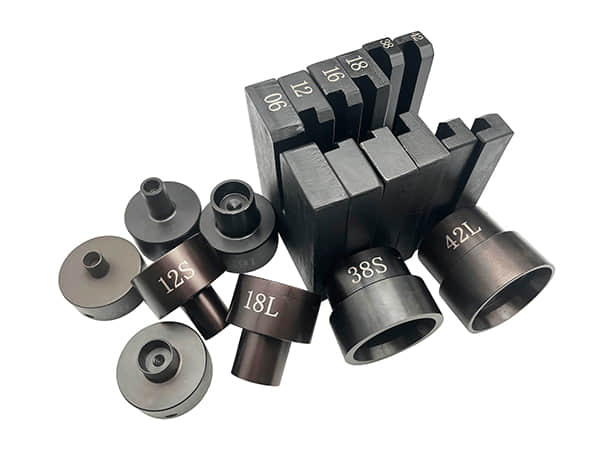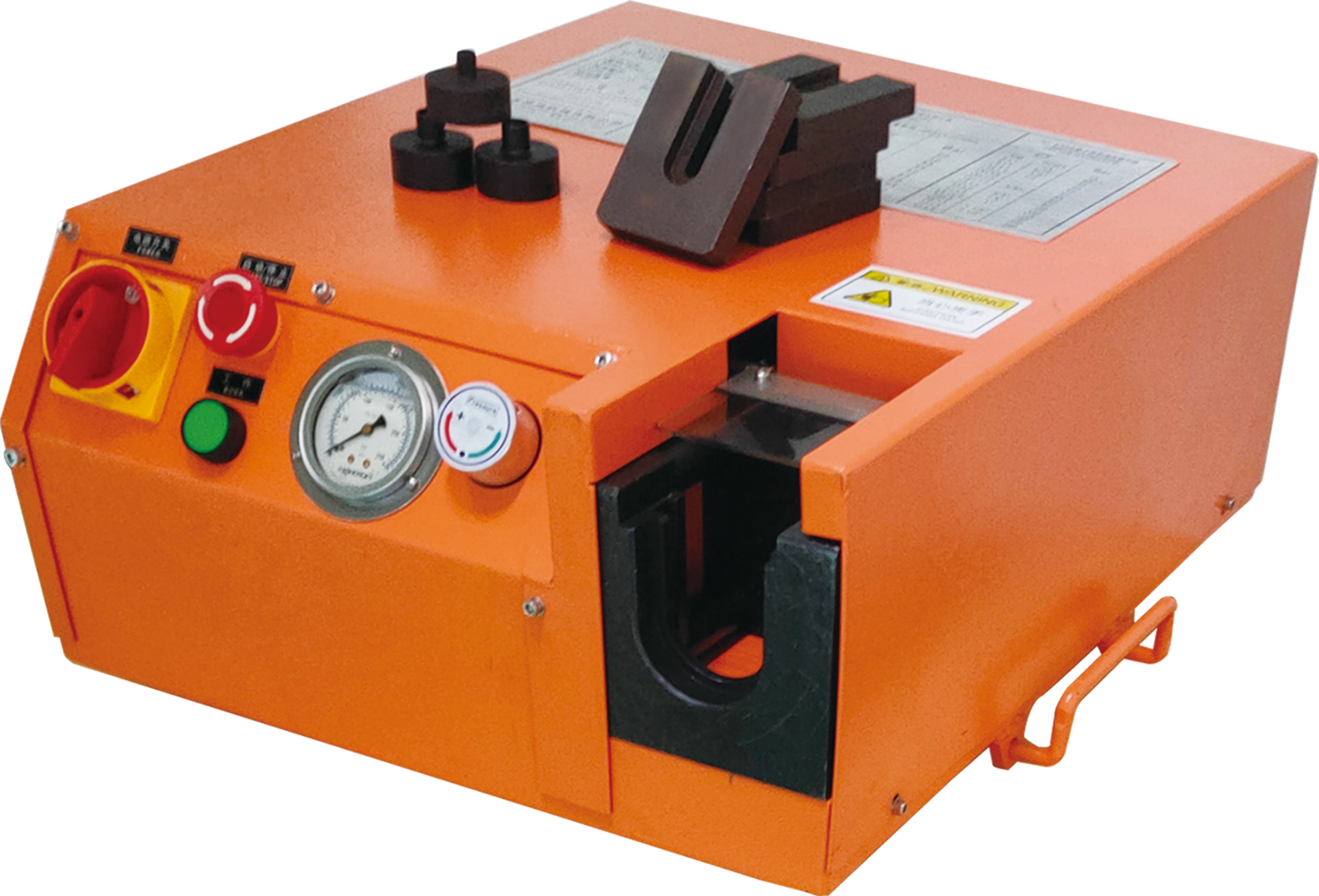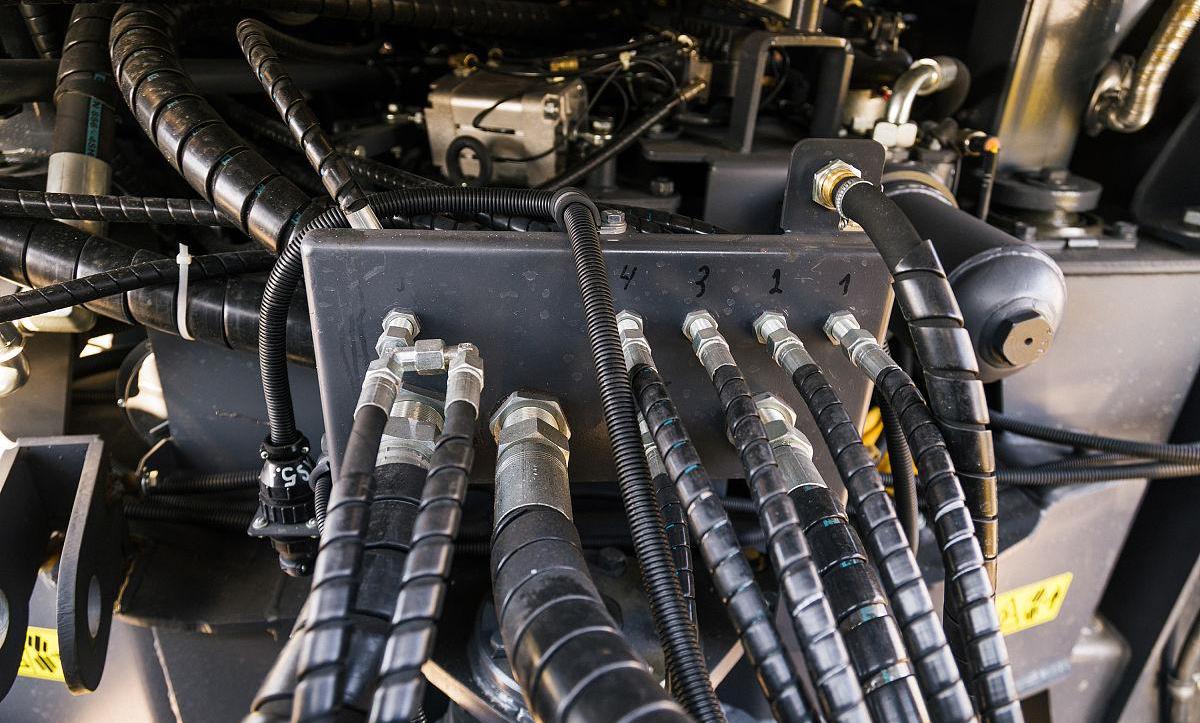Welcome to Ningbo Kumsung Machinery Co., Ltd.
In-depth Analysis of the Working Principle of the Hydraulic Ferrule Pre-assembly Machine
In modern industrial production, the hydraulic ferrule pre-assembly machine, as a key piece of equipment, plays a crucial and vital role in ensuring the reliability and efficiency of pipeline connections. Its unique working principle integrates knowledge from various aspects such as hydraulic technology, mechanical design, and precise control. The following is a detailed analysis of it.
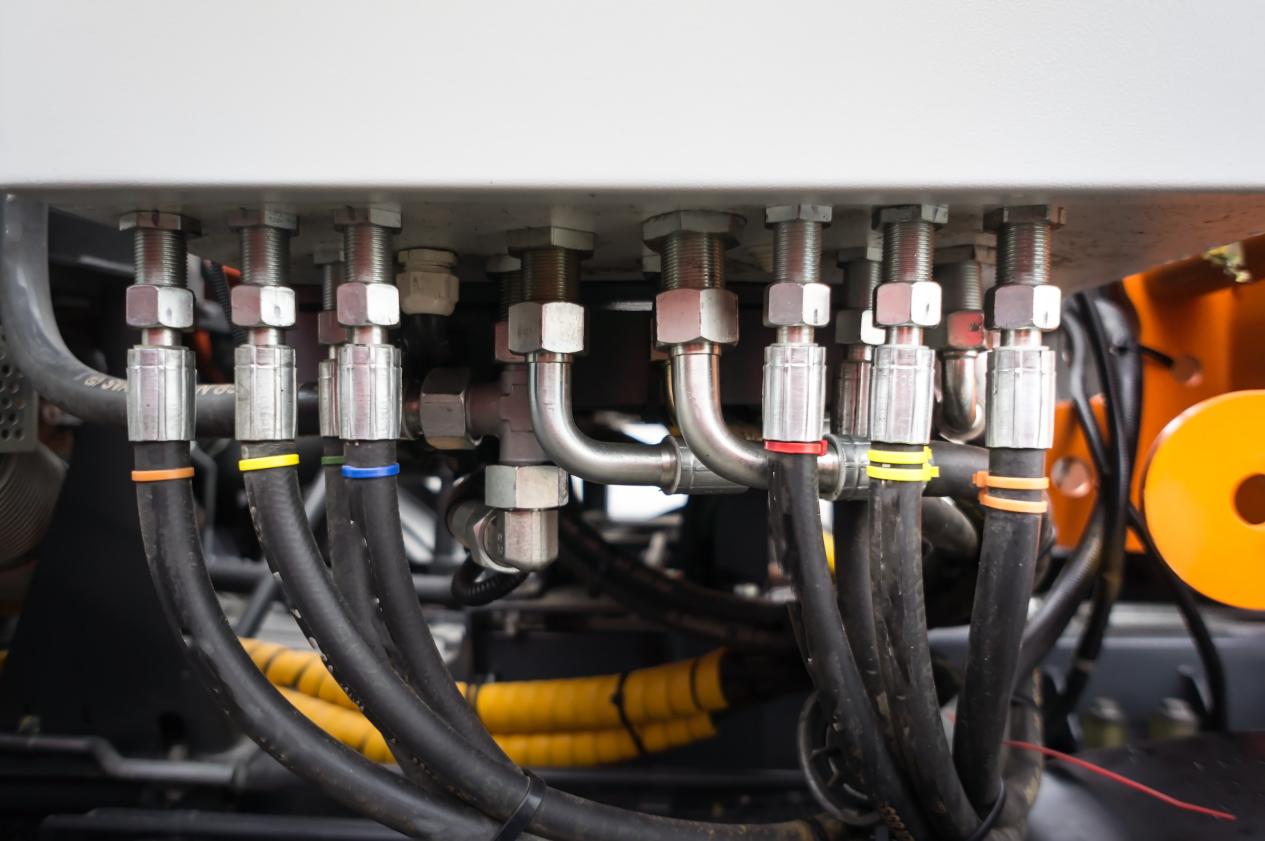
I. Hydraulic Power Source - Hydraulic Station
The hydraulic station is the core power supply unit of the hydraulic ferrule pre-assembly machine. It is mainly composed of components such as an electric motor, an oil pump, an oil tank, a filter, and various valves. The electric motor, as the driving device, provides rotational power for the oil pump. The oil pump is a key component that converts mechanical energy into hydraulic energy. Through its internal mechanical structures, such as the gear meshing of a gear pump and the reciprocating motion of a plunger in a plunger pump, it sucks in the hydraulic oil from the oil tank and outputs it under pressure.
The oil tank not only serves to store the hydraulic oil but also has functions such as heat dissipation and sedimentation of impurities. To ensure the cleanliness of the hydraulic oil and prevent impurities from causing wear and malfunctions to the system, a filter is installed in the circulation path of the oil to filter the oil. At the same time, various valves, such as relief valves, pressure reducing valves, and directional control valves, are used to regulate the pressure, flow rate, and oil flow direction of the hydraulic system, ensuring that the hydraulic station outputs stable and compliant high-pressure oil.
When the pre-assembly machine requires a higher pressure for ferrule pre-assembly, the oil pump runs at a higher speed driven by the electric motor, pressurizing the hydraulic oil to the set pressure value. The relief valve monitors the system pressure in real-time. When the pressure exceeds the set safety upper limit, the relief valve opens, returning the excess oil back to the oil tank, thus ensuring the stability of the system pressure and avoiding damage to the equipment due to excessive pressure.
II. Intelligent Control Center - Control System
The control system is the "brain" of the hydraulic ferrule pre-assembly machine, responsible for precisely regulating the entire pre-assembly process. It is usually composed of a programmable logic controller (PLC), a human-machine interface (HMI), and various sensors.
As the core of the control system, the PLC collects, analyzes, and processes the signals from the sensors through pre-written programs and outputs control instructions according to the preset logic. The human-machine interface provides an intuitive interactive platform for operators. Operators can set various pre-assembly parameters on it, such as pressure values, pressure holding time, pressing speed, etc. At the same time, it can also monitor the running status of the equipment in real-time, such as pressure display, fault alarm, and other information.
Sensors play a vital role in the control system. For example, the pressure sensor is used to monitor the pressure of the hydraulic system in real-time, converting the pressure signal into an electrical signal and transmitting it to the PLC. The displacement sensor can detect the displacement of the actuator to precisely control the pressing degree of the ferrule. Through the feedback of these sensors, the PLC can achieve precise closed-loop control of the pre-assembly process, ensuring the consistency of the quality of each pre-assembly.
During the pre-assembly process, the operator sets the required pressure value through the human-machine interface. When the oil pressure output by the hydraulic station reaches the set value, the pressure sensor transmits the signal to the PLC. The PLC controls the actuator to stop pressurizing according to the program logic and enters the pressure holding stage. After the pressure holding time ends, the PLC then controls the actuator to return, completing a pre-assembly operation.
III. Mechanical Execution Unit - Actuator
The actuator is a component that converts hydraulic energy into mechanical energy and directly performs the pre-assembly operation on the ferrule and the joint. Common actuators include hydraulic cylinders and hydraulic motors, etc. In the hydraulic ferrule pre-assembly machine, hydraulic cylinders are more widely used.
A hydraulic cylinder is mainly composed of a cylinder barrel, a piston, a piston rod, and seals. When high-pressure oil enters the rod chamber or the rodless chamber of the hydraulic cylinder, under the action of the oil pressure, the piston drives the piston rod to move linearly. The end of the piston rod is usually connected to a tooling fixture that is suitable for the ferrule and the joint.
The design of the tooling fixture is one of the key links of the actuator. It needs to be designed specifically according to the pipes and joints of different pipe diameters and specifications to ensure accurate positioning and clamping of the workpiece during the pre-assembly process and to ensure that the ferrule can be evenly stressed. For example, for pipes of different pipe diameters, the tooling fixture may adopt an adjustable clamping block structure, and through methods such as threaded adjustment or hydraulic drive, it can achieve reliable clamping of pipes of different pipe diameters.
During the pre-assembly process, the high-pressure oil pushes the piston rod of the hydraulic cylinder to extend, driving the tooling fixture to press the ferrule and the joint tightly against the pipe. By precisely controlling the pressure and stroke of the hydraulic cylinder, the cutting edge of the ferrule is made to cut into the outer wall of the pipe to form a seal, and at the same time, the connection strength between the joint and the pipe is ensured.
IV. Collaborative Workflow
After starting the hydraulic ferrule pre-assembly machine, the entire workflow is as follows: First, the operator sets the pre-assembly parameters, such as pressure, time, etc., on the human-machine interface. The hydraulic station is started under the instruction of the control system. The electric motor drives the oil pump to run, pressurizes the hydraulic oil, and then delivers it to the control system. The control system precisely adjusts the pressure and flow rate of the oil according to the preset parameters and the feedback signals from the sensors, and then delivers the high-pressure oil to the actuator.
Under the action of the high-pressure oil, the piston rod of the hydraulic cylinder of the actuator extends, driving the tooling fixture to perform the pre-assembly operation on the ferrule, the joint, and the pipe placed on the workbench. During the pre-assembly process, the pressure sensor and the displacement sensor monitor the pressure and displacement in real-time and feed the signals back to the control system. When the pressure and displacement reach the preset values, the control system controls the hydraulic cylinder to stop pressurizing and enters the pressure holding stage. After the pressure holding time ends, the control system controls the hydraulic cylinder to return, completing a pre-assembly operation of the ferrule joint.
The operator takes out the pre-assembled pipeline component, then puts in a new workpiece to be pre-assembled, and repeats the above operation process. Through the close collaboration of the hydraulic station, the control system, and the actuator, the entire workflow realizes efficient and precise pre-assembly of the ferrule joint.
In conclusion, the hydraulic ferrule pre-assembly machine provides power through the hydraulic station, is precisely regulated by the control system, and the actuator completes the actual pre-assembly operation. All parts work together to ensure the high quality and high efficiency of the pre-assembly of the ferrule joint. With the continuous development of technology, the working principle of the hydraulic ferrule pre-assembly machine is also constantly optimized and innovated, providing a more reliable solution for pipeline connections in industrial production.
